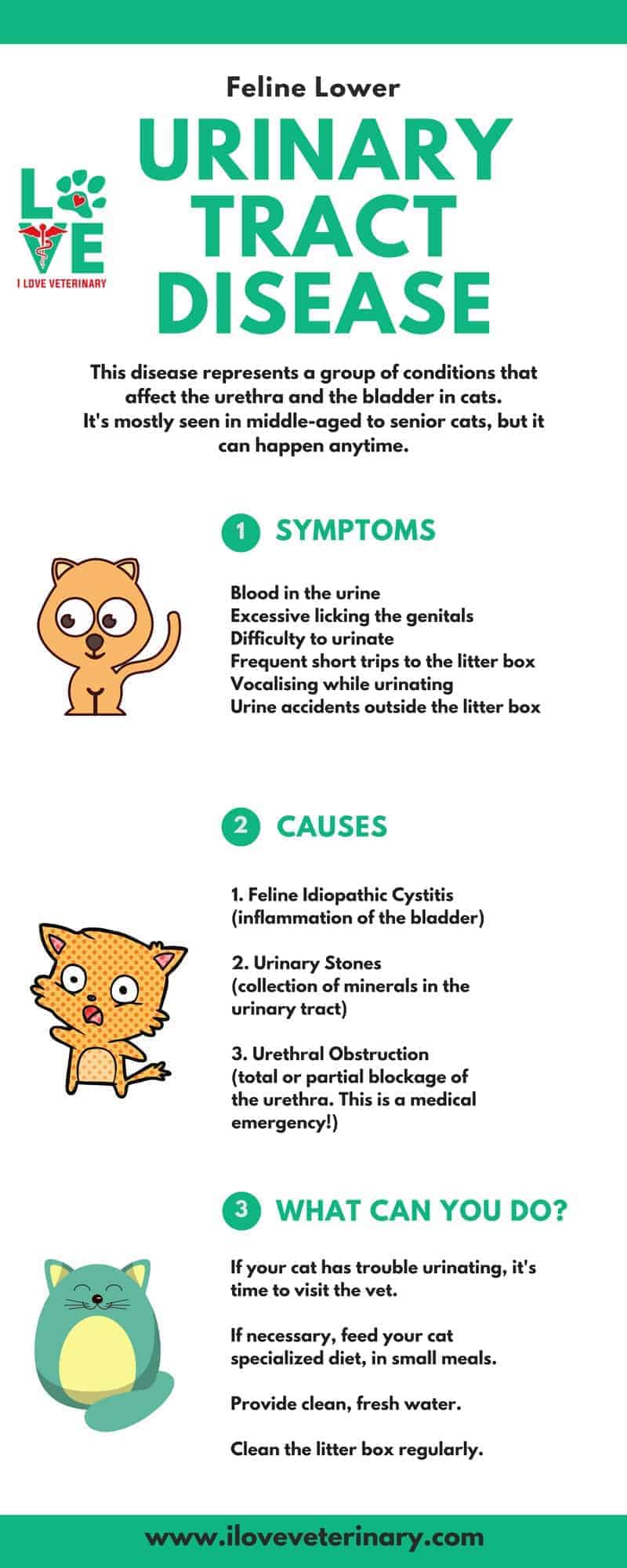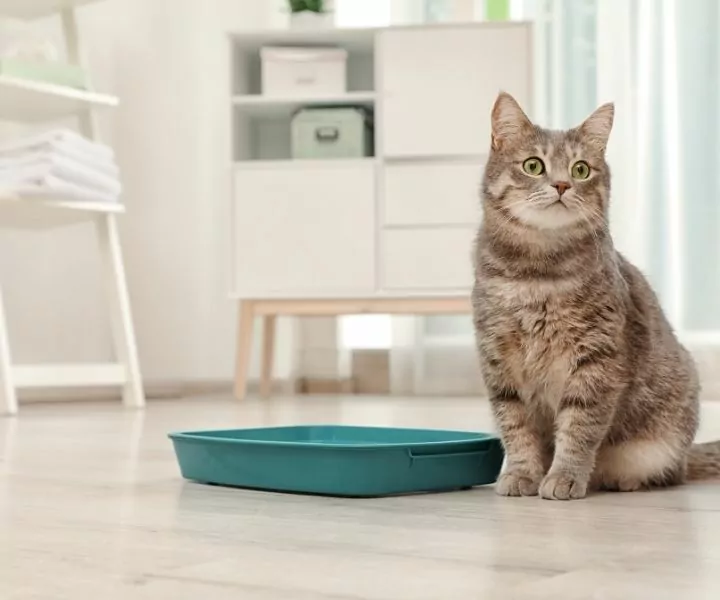Feline Lower Urinary Tract Disease represents a group of conditions that affect the urethra and the bladder in cats. It’s mostly seen in middle-aged to senior cats, but it can happen anytime.
If your cat has been urinating outside the litter box, you might think there is a medical issue at play. But what you should really worry about is feline lower urinary tract disease.
This disorder can have many causes, but one of the most common ones is a change in diet that makes kitty have to strain more to urinate. It’s important to take your pet to a vet as soon as possible because this condition has a lot of scary symptoms and could be life-threatening if left untreated.
The Causes of Feline Urinary Tract Disease
There are many causes of feline lower urinary tract disease, but the most common is bladder stones or crystals. These can occur when bacteria that are normally present in the urine react with uric acid to produce struvite, which is a chemical compound that can crystallize in the bladder.
Urinary calculi are common in cats with this condition, which causes them to make frequent trips outside of the litter box. Another common cause is contact between household cleaning fluids and urine or even dried feces, causing an ammonia smell.
An underlying cause is often found in the urinary tract is not thoroughly examined and the cat continues to have symptoms.
If it is not treated, an infection can spread to other organs, such as the kidneys and liver, which can cause permanent damage. Urinary tract infections can also be associated with feline infectious peritonitis or FIP, a disease that affects the immune system that causes widespread organ damage and occasionally death.
If your cat has been urinating more often or has been straining to urinate, then they might have a bladder disorder. One of the most common disorders is feline lower urinary tract disease, which is caused by some kind of irritation.

Early Symptoms of Lower Urinary Tract Disease in Cats
The earliest symptoms are pain in the abdomen or behavioral changes. Other symptoms include crying out, frequent visits to the litter box, and increased frequency of urination. There may be blood in the urine. Signs of an underlying disease include fever and weight loss.
The cause differs between countries. In the United States, the main cause is struvite crystals forming in alkaline urine, while elsewhere they are associated with cystitis or urethral obstruction. Overall costs of treatment are US$60–150 per cat, with around half of this being due to emergency visits and hospitalization.
Feline Lower Urinary Tract Disease – Diagnosis and Treatment Options
A variety of tests can be done to determine the underlying cause, such as a urinalysis or culture, x-rays of the bladder and kidneys, and ultrasound. The most commonly used treatment is antibiotics if an infection is present.
Hypercalcemia—a condition due to the release of calcium into the blood—occasionally occurs in cats with struvite bladder stones and can be treated with vitamin D derivatives.
Dietary changes are sometimes used, but there is little evidence that they are effective. Bladder stones can be dissolved using chemicals injected through the abdomen or through tubes inserted into the bladder.
If this is not successful, surgery may be needed to remove the stones by breaking them up or removing the bladder altogether.
What the Statistics Say About Feline Urinary Tract Disease
The condition is common, occurring in about 1.5–5% of cats worldwide. It is more common in male cats than females and is prevalent between the ages of four to eight years.
Actionable At-Home Solutions for Feline Lower Urinary Tract Disease
Before you bring your cat to the vet, there are a few things you can try:
Make sure that your cat’s litter box is clean. If it is too dirty, then your cat will not want to use it. You can either buy new litter or wash out the box and clean it up. If you clean the box, then make sure that you let it dry completely before putting new litter in there.
This will help prevent any urine from getting on the floor and could also help solve the problem if your cat is jumping into or out of the box. If your cat’s litter box is clean, then make sure that you remove all of the litter after your cat goes to the bathroom.

If you have a house pet, then make sure that no one enters your house while your cat is using its litter box. Some people like to come in and see what their cats are doing while they’re not home.
